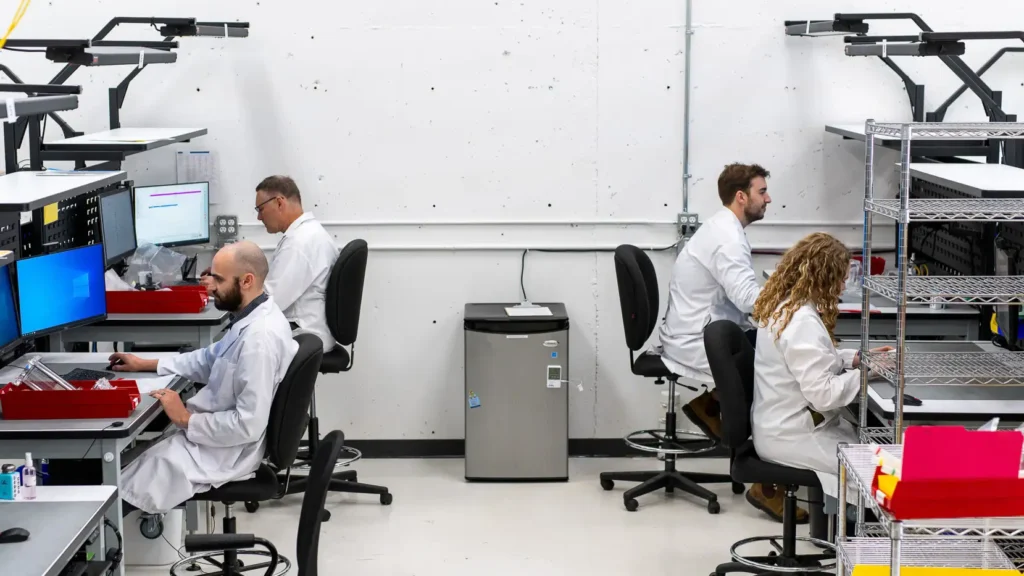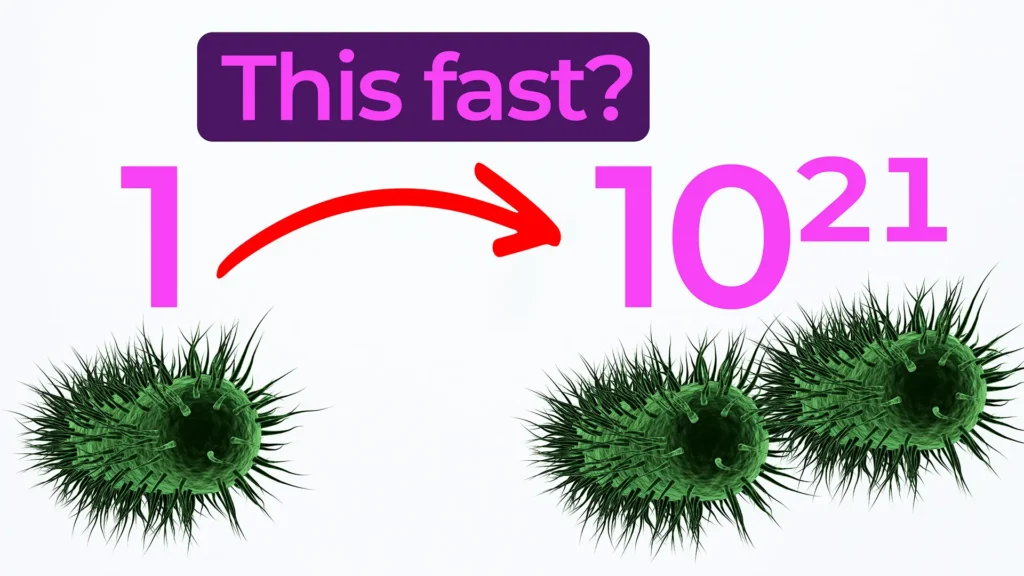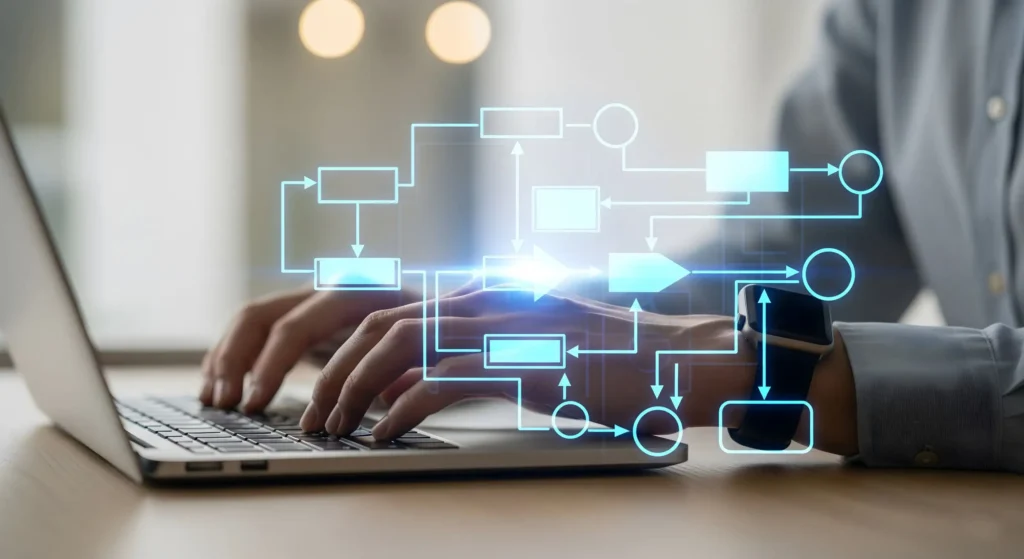
Understanding Endoscope Reprocessing
In this episode of MedDevice by Design, Ariana and Mark examine the complexities of endoscope reprocessing, one of the most difficult tasks in medical device hygiene. These devices contain intricate internal channels and delicate mechanisms that make both cleaning and disinfection incredibly labor-intensive. With endoscopes routinely used in clinical settings, ensuring they are safe to reuse is critical for patient safety and operator health.
Why Endoscopes Are So Hard to Clean
Mark explains that endoscopes are inserted into particularly contaminated environments and are often constructed from materials that cannot withstand high temperatures. This makes steam sterilization ineffective. Instead, hospitals rely on high-level disinfection—an extensive manual and automated cleaning process that includes enzymatic scrubbing, flushing internal ports, leak testing, and finally, drying and hanging.
Innovations in Endoscope Cleaning
To streamline this complex process, manufacturers have developed new automated solutions. The Steris Inspire 300, for instance, eliminates the need for manual cleaning between bedside wipe-down and automated disinfection. Other innovations include the Pentax Aqua Typhoon and Nanosonics Coris, which use entrapped bubbles or pulsatile flow to clean hard-to-reach channels. These advances aim to reduce the physical burden on staff while improving the reliability of endoscope reprocessing outcomes.
Is It Really Safe?
While current reprocessing methods report an adverse event rate of just 1 in 1.8 million, the challenge lies in consistent execution. Missed steps and usability challenges can introduce risk, despite the devices being considered technically safe. That’s why innovations in automated systems are so important—they minimize human error and optimize hygiene.
Explore more in this in-depth episode on one of the most underappreciated challenges in medtech cleaning protocols.
Correction: In this episode, we mistakenly refer to the Steris Inspire 3000 as the “Steris Inspire 300.” The correct name is Steris Inspire 3000. We apologize for the oversight.
Enjoying MedDevice by Design? Sign up to get new episodes sent to your inbox.
Related Resources

In MedTech, success rarely comes from invention alone. Plenty of promising technologies make it through verification and early clinical work, only to stall when the team tries to turn them into something buildable.

From how much of your body is actually bacterial to how fast microbes can multiply, these facts are designed to stick with you long after the party ends.

In medical device development, verification is both a safeguard and a stress test, not just for the product, but for the process.

In the world of medical device development, requirements are often treated as a regulatory tax, essentially documentation created solely to satisfy a compliance need.
